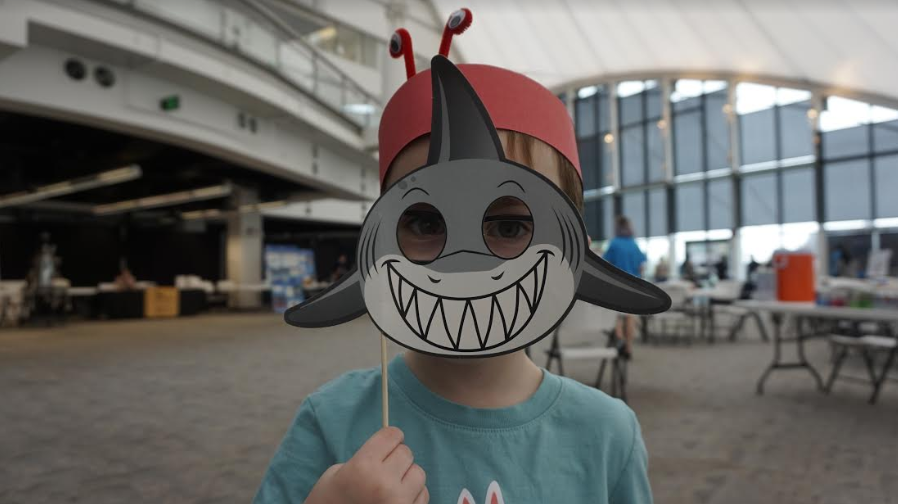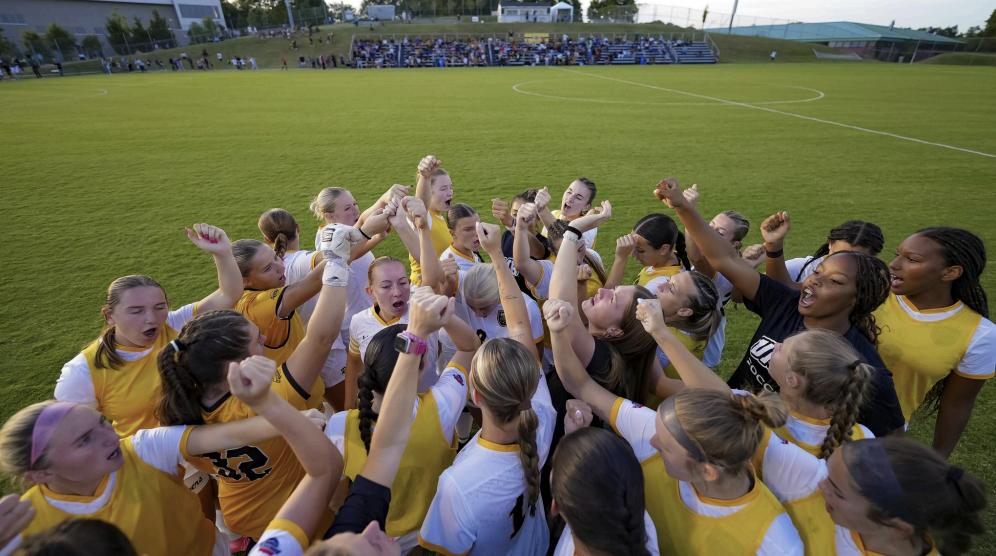The Institute of Marine and Environmental Technology, a joint research center of the University System of Maryland, attracted over 500 visitors at its open house on May 4, bringing in visitors from Baltimore and beyond.
The open house started in 2017 for scientists within the research institute to better communicate the science conducted in the Columbus Center, a facility administrated by the University of Maryland, Baltimore County and located in Baltimore’s Inner Harbor. The scientists within the building work for different campuses of the University System of Maryland, including UMBC, the University of Maryland Center for Environmental Science and the University of Maryland, Baltimore.
Executive Director of IMET Dr. Russell Hill explained that the open house aims to be an education-focused event. “It’s very important to let people know what we’re doing. A lot of our work is supported by taxpayer dollars one way or another. The state of Maryland is fantastic in supporting higher education and research and we really decided we wanted to do this in a more systematic way. This has become a big thing for us,” he said.
Although the event began at 1 p.m. on Saturday, presenters began their preparation earlier in the week and set up their tables Friday, with microscopes, Petri plates, posters, fish, bioluminescent algae and more. The Aquaculture Research Center, or ARC, which is a facility designed to raise fish like zebrafish, was also open to the public.
“We have lots of displays, including extremophile research where they’re studying these extreme microbes that live in really unusual places like in rock salt or floating right on the edges of space. We also have a new display with microscopic organisms that glow in the dark, and that’s a collaboration between one of our scientists and an artist from UMBC, IMET’s artist in residence, Lisa Moren. Another real highlight [new this year] was the UMCES state-of-the-art research vessel called the ‘Rachel Carson,’ designed specifically for work on the Chesapeake Bay, docked right next to our building,” said Hill.
One of the younger guests, 10-year-old Vikram Kohli came with his father, mother and sister. “The booths downstairs were interesting, with the fish and with all the microscopes, but to me, all of it is interesting. I want to do science when I grow up, [specifically] aeronautics,” he said.
Many of the tables, like Dr. Sook Chung’s, had activities aimed towards the little ones. Her laboratory studies crab life cycles and had a table set up with a microscope that allowed people to view microscopic “crab babies,” as well as make headbands with crab eyes on them. Dr. Colleen Burge, who is an Assistant Professor at IMET with dual appointments at UMBC, also had a table, displaying oysters and their impact on filtering water in the Inner Harbor, and allowed kids to look at an oyster under a microscope.
Hill’s favorite part of the open house is seeing children get excited about science. “The best part of the open house for me is when I get a chance to talk to some of these kids who are coming in. We always have a few microscopes set up with some really exciting things going on underneath the microscope and that excites so many kids,” said Hill. “Occasionally you’ll get some young girl or boy who becomes absolutely fixated and spends an hour or two at one table looking at interesting things under the microscope.”
One of the guests, Shawn, who lives in Baltimore, came to the open house with family members Cassandra and five-year-old Deja from D.C. “Honestly, it has exceeded our expectations,” said Shawn. “To make science this engaging and this fun for little people, it’s amazing. I’m a big kid at heart, I’m walking around with crab babies like ‘I’m a mom!’ It’s been really fun.”
Five-year-old Holden, sporting a shark mask and a crab headband, enjoyed the ice cream prize he won for getting all his stamps for the “Passport Activity,” which entailed getting a stamp at each table after answering a question or completing an activity. Once the children received all the stamps they needed, they could choose a reward: a set of reusable bamboo cutlery and ice cream or a crab IMET backpack. When asked if he wanted to do science when he grows up, Holden said, “I want to do science right now.”
For adults, the open house provided an opportunity to engage with passionate scientists, said teacher Natalia, who came for the second year with her two daughters, Alyssa and Emma. “We came last year because our friends said this was an amazing event. We came this year and we put it on the family calendar. It’s a great experience, seeing how people are interested in their field and for the future time, how people can be devoted to what they’re doing and come out and really share their scientific discoveries,” said Natalia. “It’s interesting how people choose their path and really go deeply into the processes and are willing to share and talk to their audiences, and it’s local so they’re taking samples from right here in the backyard.”
The open house also gave some of the attendees, including freshman UMBC student Tim McDonough, an opportunity to explore a career path. “I’ve considered marine biology. It’s definitely something that’s interesting to me, mainly because it’s so important to overall survival of the planet,” said McDonough. “The Open House definitely does a really good job of introducing a lot of younger people to this. There are a lot of kid activities, but it’s also really good for people like me considering [career options] who are older.”
Hill noted the human impact of the research, which covers issues like food, energy, human health and environmental sustainability. “We’re doing such exciting research and these are things that really affect people especially with some of the environmental challenges we have. These are issues that are important for everyone, and you can find out a lot more about that research by just coming to the open house,” he said.

